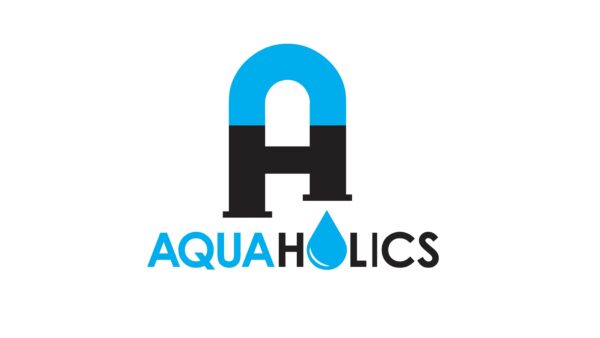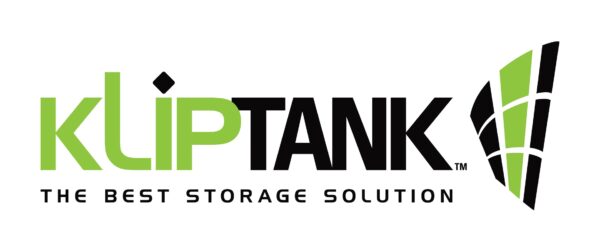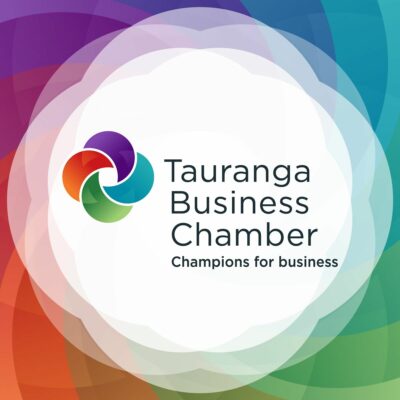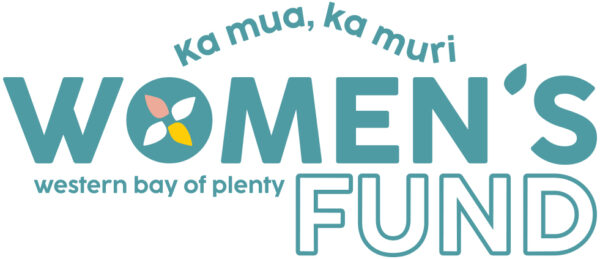Top of mind for many now is the upcoming change to the top personal tax rate to 39% on income above $180,000.
The new rate applies from 1 April this year (the 2021-22 income year) and this change, together with related consequential tax amendments, gives rise to several issues for employers and business owners alike to consider.
Natalie Berkett, Director in the KPMG Tauranga tax team, provides some advice on the changes to help ensure you are prepared and compliant.
Consequential changes
- A new fringe benefit tax (FBT) rate of 63.93%. This will apply to all benefits provided by employers using the single rate FBT calculation method and is the new top rate for employees where an employer uses the alternate rate calculation method.
- A 39% resident withholding tax (RWT) rate for individuals on interest income, from 1 October 2021.
- A top employer superannuation contribution tax (ESCT) rate of 39% for employer contributions to KiwiSaver and other complying superannuation funds. The ESCT rate, for contributions in respect of past employees and contributions to defined benefit schemes, will also be 39%.
Importantly, there is no change to PIE tax rates or to RWT on dividends paid by companies. This latter point may have an impact on provisional tax obligations for the 2022 income year for business owners receiving dividends from their company.
Companies, trusts and new trust disclosure rules
Both the company and trust tax rates are unchanged at 28% and 33% respectively. However, Inland Revenue will be closely watching the use of trusts and has new information gathering powers to allow them to do so.
As part of the annual trust income tax return, from the 2022 income year, additional information required to be disclosed will include financial statements and greater information on trust distributions, settlements and the identity of key controlling persons.
In addition, Inland Revenue will have the power to request prior year information for up to seven years.
Immediate next steps
There should be an immediate focus on the effect of the new 39% rate and the consequential changes on how businesses and employers operate. There are obvious effects on remuneration policies – not only the tax itself, but also compliance.
The additional 6% tax for a payment made on 1 April 2021 (a Thursday) compared to one made on 31 March 2021 will raise practical problems for pay days and dividend payments.
The trade-off for early payments will be whether they can be targeted to those directly affected or whether payments to all employees or shareholders need to be made. Timing changes will affect cashflow at a time when COVID-19 resurgence continues to mean uncertainty.

Where will Inland Revenue draw the line?
Some thought also needs to be given to how Inland Revenue may view any actions taken as a direct result of the tax rate change. This ranges from the potential timing of employee remuneration, to structuring of business activity and investments.
We expect that Inland Revenue will consider the use of the general tax anti-avoidance rule more often. It appears, however, there are no plans to update current guidance in this area to also cover this change which is disappointing. This will create more uncertainty as it is not clear specifically what the 39% rate policy change intends is acceptable commercial behaviour for businesses and what is not contemplated by Parliament.
What we do know is the use of structures, particularly trusts and companies, will be closely scrutinised. Inland Revenue has made clear post the well-known Penny v Hooper case that they will closely examine situations where an arrangement has the effect of diverting a substantial amount of personal exertion income from an individual, to a lower taxed entity structure, but the benefit of those diverted funds are still enjoyed, directly or indirectly, by the individual or their family or associates. The commercial rationale for any restructuring will be critical.
Future tax policy
Any further changes to legislation will depend on behavioural changes, if any. Inland Revenue has signalled that its access to third party data may mean that behavioural changes will become apparent sooner, rather than later. This may inform future policy changes.
Labour’s election policy limits further changes to tax rates, but it is not beyond contemplation the trust rate could increase. We also expect to see a focus on additional tax ‘integrity’ measures, such as the interaction between distributions from trusts and companies to individuals and how those are taxed (or not as the case may be). Expect to hear more about this later in the year.
The information above is of a general nature only and is not intended to address the circumstances of any particular individual or entity. The content should not be relied upon as tax advice and KPMG takes no responsibility for any loss suffered based on reliance on the matters discussed. If you require advice on any of the issues raised, please contact a KPMG advisor.

Meet our columnist
Natalie is a Director at the KPMG Tauranga office and has more than 15 years tax experience across a broad spectrum of industries and clients.
Natalie has a passion for both tax issues for small to medium enterprises and the exporting industry, and is currently chairperson of the ExportNZ Bay of Plenty Executive Committee.
















































